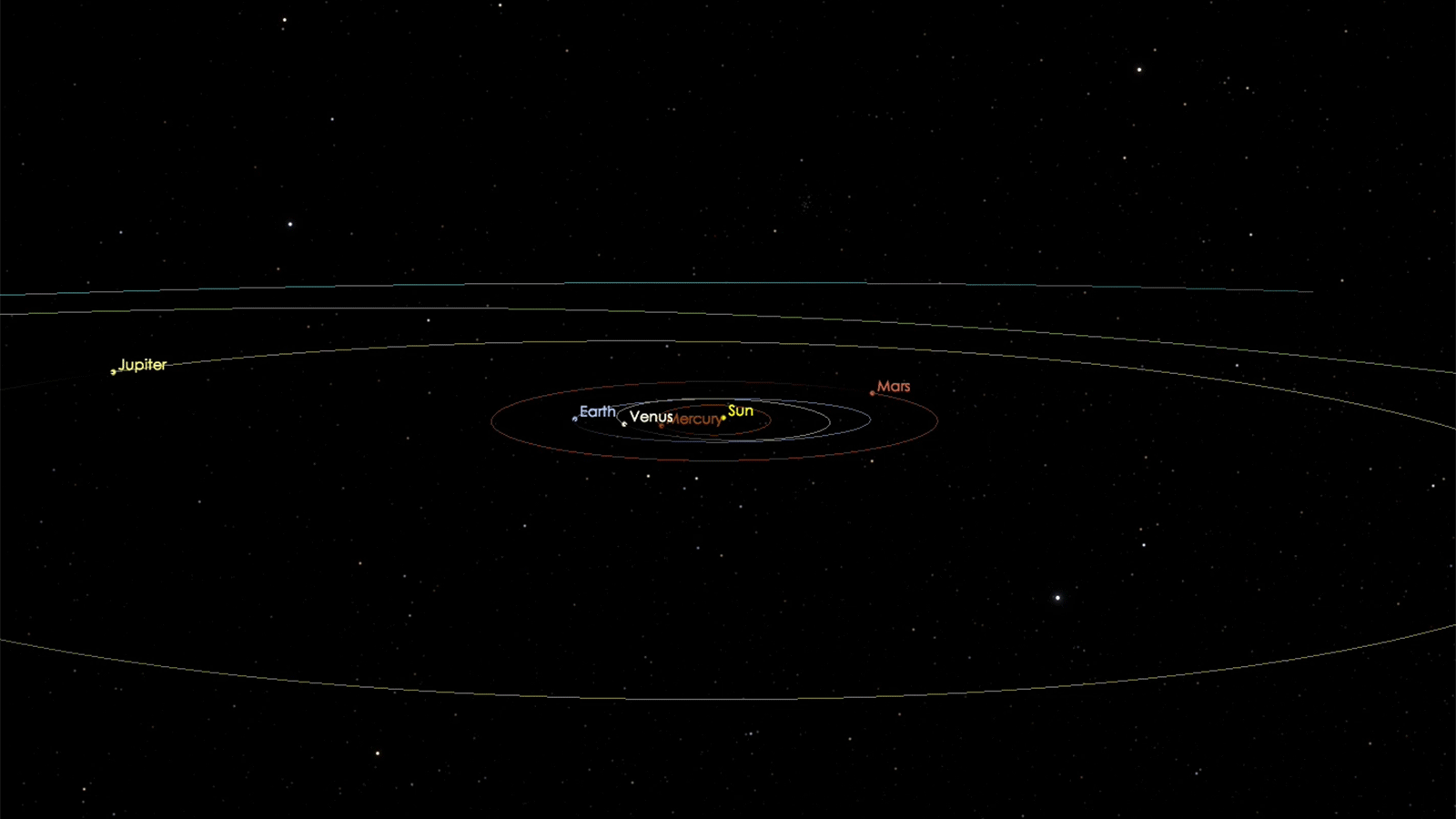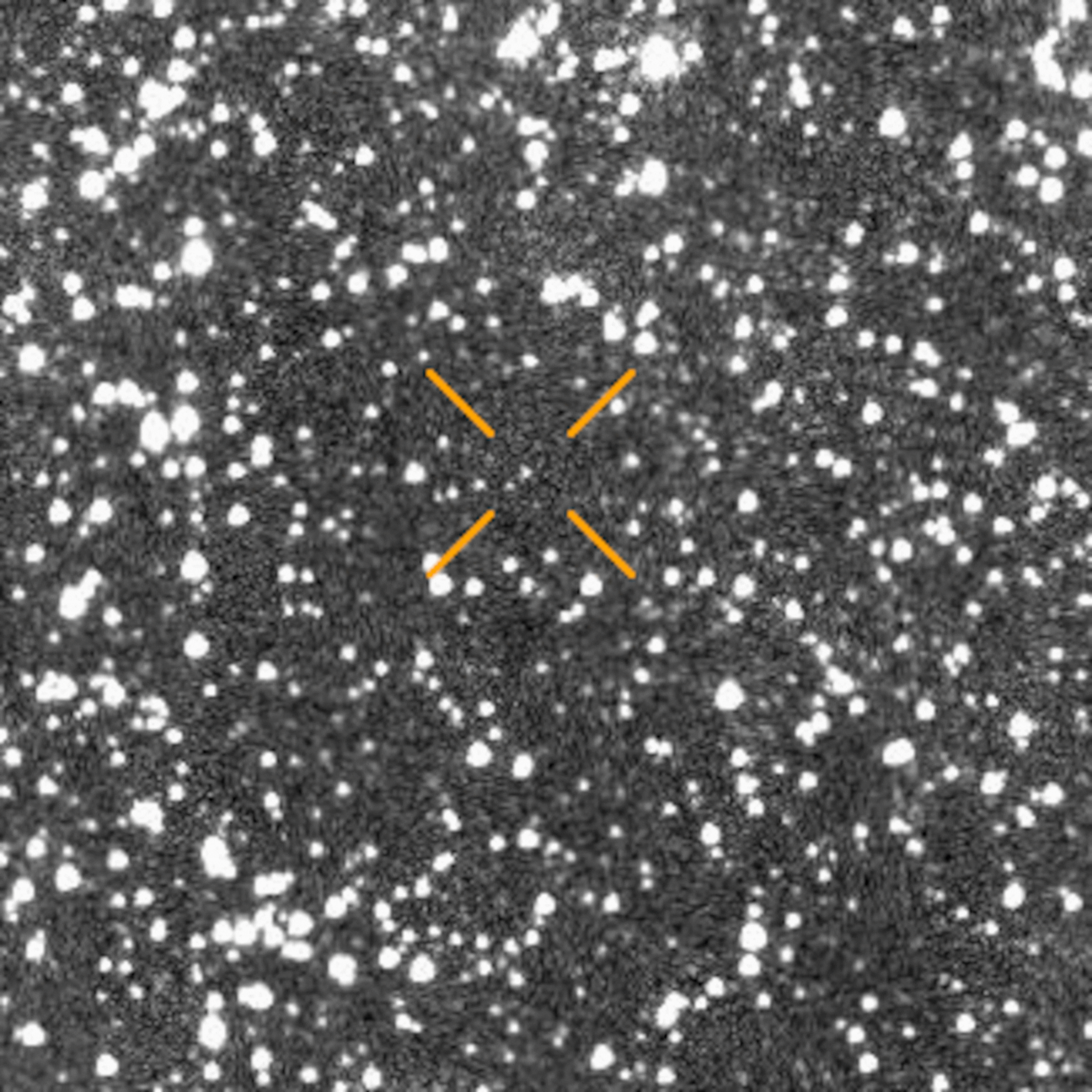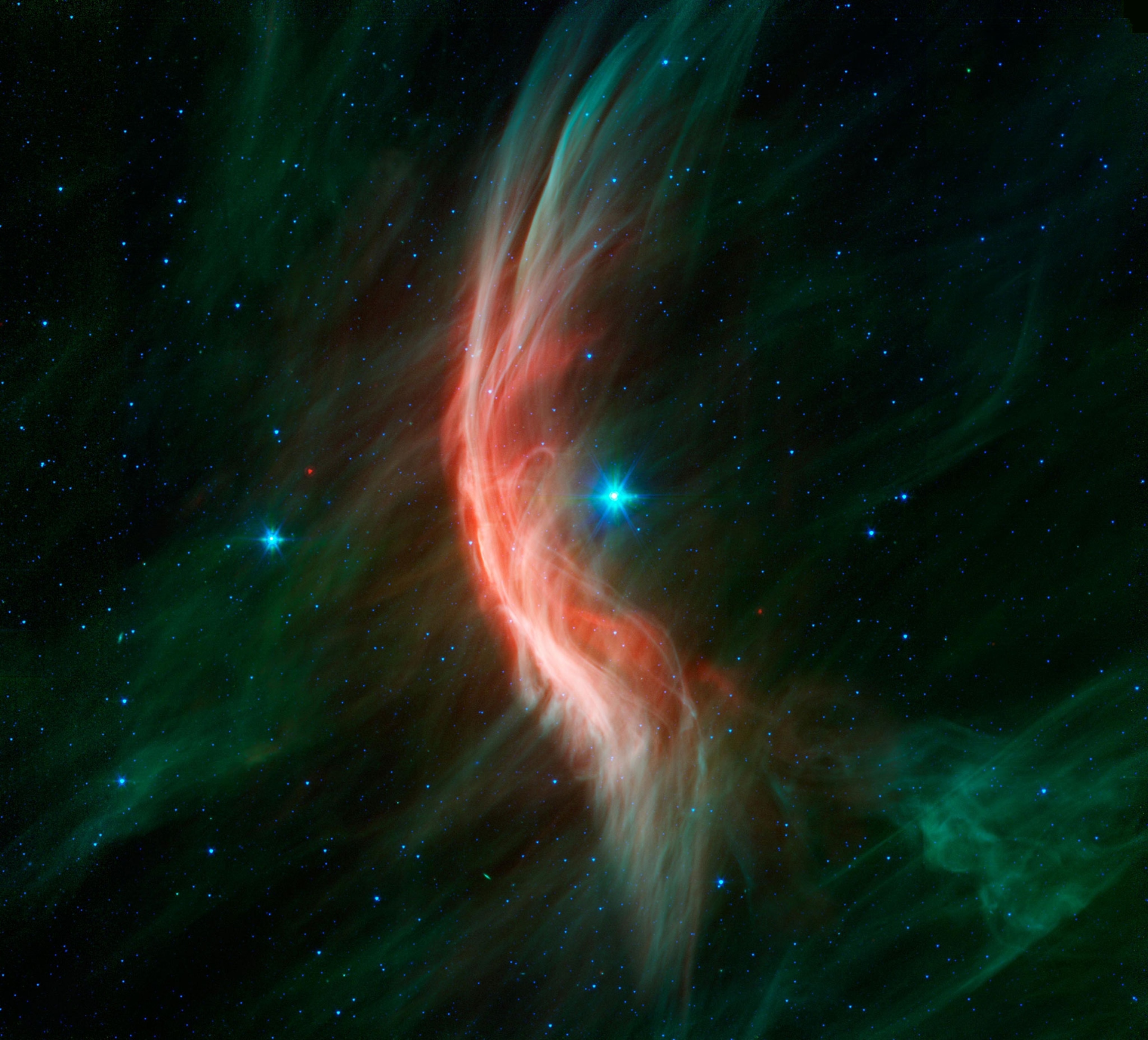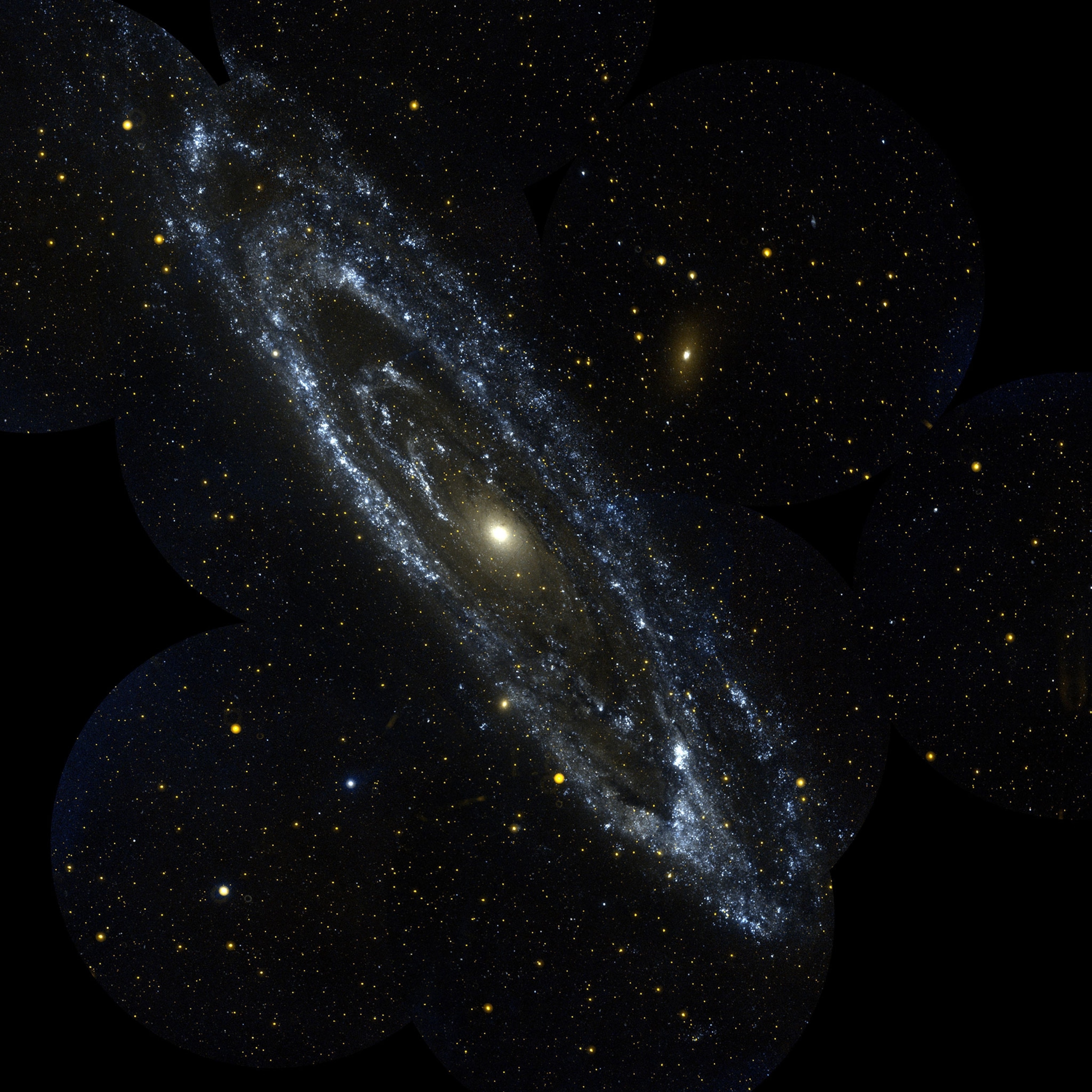
First Rock From Outside the Solar System Sails Past Earth
Astronomers were stunned to see the first known object flung through our cosmic neighborhood from interstellar space.
Astronomers around the world are scrambling to study an object unlike anything they’ve ever seen: a chunk of rock and ice seemingly fired our way from another solar system.
Discovered on October 19, the object is several hundred feet across and is currently speeding away from us at more than 98,000 miles an hour. At that speed, the space rock is moving fast enough to outrun the sun’s gravitational tug—implying that it was never part of our solar system to begin with.
The find marks a historic first for astronomers studying how stars and planets form. Scientists had long expected that the process of planetary formation results in chunks of ice and rock that, when given a nudge, could be flung into interstellar space. And in previous surveys, they had seen hints of this kind of interstellar material in the form of dust-size particles.
This object, known as A/2017 U1, is the first interloper of appreciable size that has flown through our cosmic neighborhood. The object could give scientists an unprecedented, if fleeting, opportunity to stare straight at the leftovers of an alien planet.
“This has been crazy-cool—for the asteroid community, this is as big as the gravitational-wave announcement,” says NASA astronomer Joseph Masiero, referencing the recent detections of ripples in space-time that have been amazing astrophysicists.
“This the first piece of evidence we’ve seen of how planets are built around other stars.”
'BONA-FIDE INTERSTELLAR'
The gleeful frenzy began on October 19, when University of Hawaii Institute for Astronomy postdoctoral researcher Rob Weryk saw something strange. In images from the university’s Pan-STARRS 1 telescope, he spotted a speck in the night sky that seemed to be moving far too fast to comfortably orbit the sun.
Weryk quickly notified his colleague Marco Micheli, who also had come across the strange object with a European Space Agency telescope in the Canary Islands. With both sets of images in hand, they traced the object's trajectory and calculated its speed.
"If you take the orbit and you backtrack it to the point before it enters the solar system, it was moving at about 26 kilometers per second (58,000 miles an hour), which is quite fast," says Weryk.
Based on their data, Weryk and a growing community of astronomers quickly suspected that this object was ejected long ago from an as-yet unknown star system, passing through our solar system in a chance event by way of the constellation Lyra. (Learn more about the Voyager probes, humankind's first forays into interstellar space.)

But nailing down A/2017 U1’s ballistic arc proved tricky. As the preliminary data dribbled out, a few astronomers noted that if you exclude some of the less certain measurements, the remaining data traced an orbit around the sun, albeit an extremely stretched one.
Once astronomers knew where in the sky to look for A/2017 U1, though, many more people scrambled to spot the object. Further observations left little doubt that A/2017 U1 was moving too fast to be a local: By October 26, new orbital parameters all but confirmed its interstellar origins.
"We've had false alarms before ... [but] this one went in the opposite direction," says Andy Rivkin, a planetary astronomer at Johns Hopkins University's Applied Physics Laboratory. "There seems to be no question in the community that this is really real."
Rivkin adds that astronomers did examine whether this object is from our solar system but got gravitationally nudged by Jupiter or Saturn into its careening arc. "People don't think this is the case," he says. "They think this is a legit, bona-fide interstellar object." (This spacecraft could visit the star system next door in the not-so-distant future.)
THE CLOCK IS TICKING
A/2017 U1 had initially been classified as a comet, but follow-up observations by University of Hawaii Institute for Astronomy astronomer Karen Meech quickly ruled out that possibility. If it were a comet, the object would have unfurled a tail and halo of gas and dust as it neared the sun. A/2017 U1, however, showed no such gassiness.
"It's been exciting," says Meech. "Every time you get a chance to see something new—even if it keeps you up 18 hours a day—it's fun."
So what is the object? Despite some intriguing initial observations, it's just too soon to say. Its composition may well differ from any of the objects born in our solar system.
"It's not something we can really speculate on," says Weryk. "Let's get the data first."
The window to collect those precious data is closing fast. Meech says that based on its trajectory, A/2017 U1 was discovered about five days after its closest approach to Earth, when it would have been at its brightest. As it recedes from the sun, the object will get dimmer, and by November 2 or 3, Weryk says, it will fade entirely from the view of even our most powerful telescopes.
Regardless, Rivkin says, whatever data astronomers get will be historic.
"This is a visitor from another star system, and we are here in a time and place to see it," says Rivkin. "Who knows where it's been before this? Who knows where it's going to go after this? Space is big, and we were here to see it."














